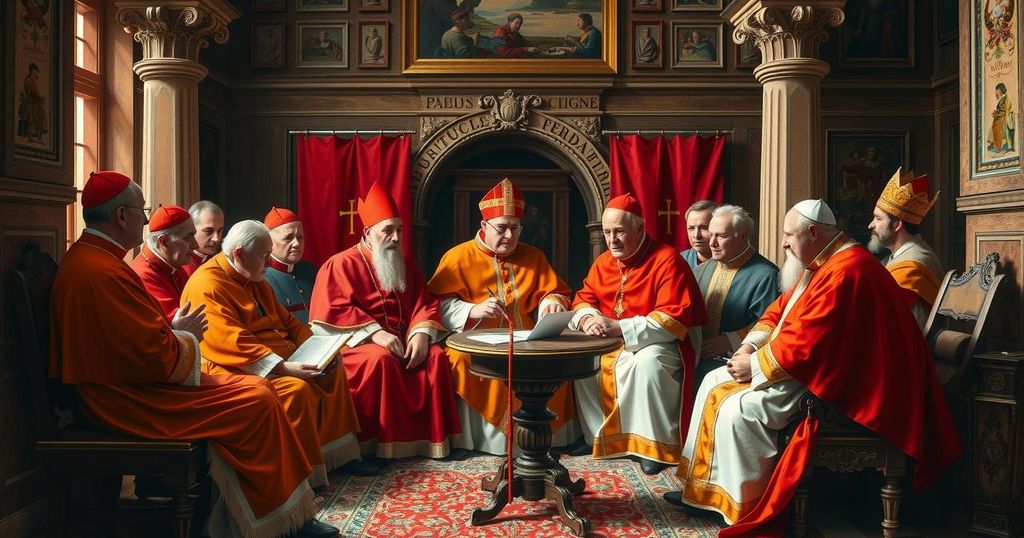Pope Leo XIV Elected: A Historic Shift in Papal Leadership

Pope Leo XIV’s election signifies a pivotal change for the Catholic Church with his status as the first American pope. The conclave, lasting two days, illustrates the growing diversity within the College of Cardinals. North America, while having fewer Catholics, remains influential as the church restructures its leadership to include more global voices.
In a historic shift for the Catholic Church, Pope Leo XIV has been elected as the first American pope. His election is seen not only as a personal milestone but also indicative of broader changes occurring within global Catholicism. The conclave, which took place over two days and involved four voting rounds, concluded well within the typical timeframe of two to four days, showcasing a decisive and rapid choice among the cardinals.
The composition of the College of Cardinals has seen a significant transformation, becoming more diverse than it has traditionally been. Hailing from various regions, including Latin America, Africa, and Asia, these cardinals reflect the changing demographics of the Catholic Church, as the majority of Catholics are now located outside Europe. This marked shift in representation is a clear sign that the church’s leadership is adapting to a global identity that acknowledges the voices of non-European leaders.
Though the number of Catholics in North America is lesser compared to other regions, the area’s influence cannot be underestimated. Pope Leo XIV’s ascension symbolizes the church’s effort to embrace this diverse global character and actively elevate the presence of non-European leaders within its hierarchy. The implications of this move are expected to resonate across the worldwide Catholic community, potentially altering the direction of church governance and outreach efforts moving forward.
The election of Pope Leo XIV as the first American pope marks a defining moment for the Catholic Church, highlighting a significant shift towards greater diversity in the College of Cardinals. With a growing representation from outside Europe, particularly from Latin America, Africa, and Asia, the church seems poised to embrace a broader global identity. This new leadership may influence the church’s future direction and its engagement with communities worldwide, reflecting the modern demographic landscape of Catholicism.
Original Source: m.koreaherald.com







